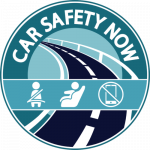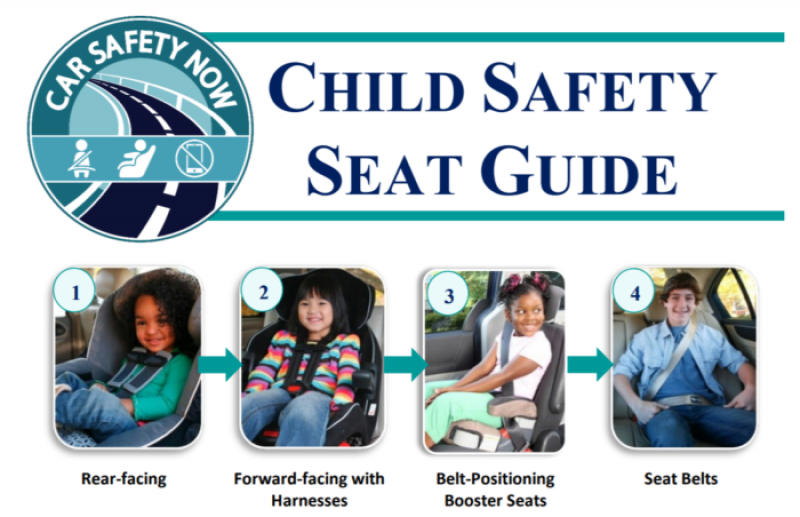Big Kids and Tweens
Boosters are for
Big Kids!
Watch our Boost ’em in the Back Seat video to find out why boosters are an essential part of keeping your older child safe in the car. Children aren’t ready for an adult seat belt until they are 4’9″ tall and they pass the safety belt fit test (see below). Many children aren’t ready for a belt until they are between 10 and 12 years old.
Car
crashes
are a leading cause of death for children.
Properly used child restraints dramatically reduce injury.
0%
Tween Car Safety
- Tweens (8-12 year olds) are at higher risk for crash injury than their younger peers. This is most likely due to lower restraint use and increased front seat use as children age.
- Motor vehicle crashes are a leading cause of death for children.
- Tweens are at a point in their life where they are developing life-long habits. They are highly impressionable to peer and parent influence.
- Using a safety restraint cuts the risk of injury during a collision by half. Seat belts and booster seats prevent ejection and spread crash forces over the strongest parts of the body.
- Newton’s Law of Motion tells us that an object in motion keeps moving in the direction and speed it was traveling in unless it is stopped by something. If the vehicle is traveling at 45 mph and stops suddenly in a crash, anything not strapped into the vehicle (including passengers) will continue traveling at 45 mph. People are 4 times more likely to be killed if thrown from the vehicle.
- Many adults are surprised to learn that it can take up to 12 years for a child to be big enough for safety belt. Children do not fit properly in a seat belt until 4 feet 9 inches tall.
- Booster seats raise children higher so the safety belt fits over strong, bony parts of the body (e.g., hips and chest). Seat belts fit poorly on children’s bodies, increasing injury to soft and vulnerable parts of the body (e.g., stomach and neck). Booster seats keep children safe until they are big enough to safely use regular seat belts.
- Child can sit all the way back in the vehicle seat, with feet resting flat on the floor and knees bent comfortably at the edge of the seat.
- The shoulder belt is crossing the middle of the chest and resting at the shoulder (not the neck).
- The lap belt fits low and snug on the hips, touching the upper thighs (not the stomach).
- And the child can stay seated like this for the whole trip.
- Most crashes are frontal collisions, so rear seating moves children farther from the point of impact.
- Frontal airbags are dangerous for children.
- Rear seating for children under age 13 offers independent and additional safety benefits to restraint use.
- The two most important things tweens can do to protect themselves in a crash are to use the proper safety restraint (safety belt or booster seat) and sit in the back seat.
- Parents should tell their children to sit in the back seat, and to buckle up every ride, every time! Ensure tweens buckle in a booster seat until the belt fits properly.
- Keep tweens happy in the back seat by letting them pick the radio station, and by pointing the A/C vents in their direction.
- Set a good example by buckling up yourself!
- Lap and shoulder belts are necessary for optimal protection in boosters or safety belts. If you have only lap belts in your car, there are some alternatives, including having shoulder belts installed in your vehicle or using a travel vest (see a list of some available vests).




